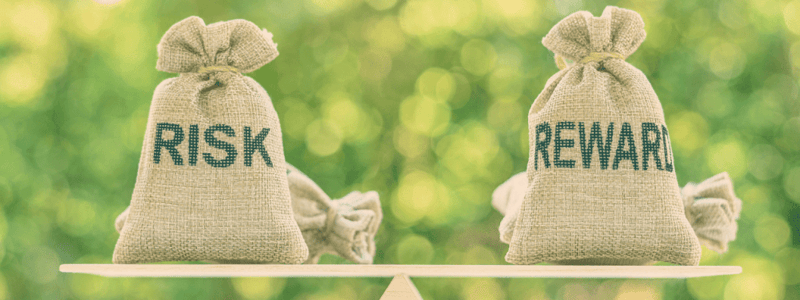Podcast
Questions and Answers
What does the risk-reward ratio measure?
What does the risk-reward ratio measure?
- The average return on an investment
- The potential profit of a trade relative to its potential loss (correct)
- The volatility of a market
- The historical performance of a security
How is the risk-reward ratio calculated?
How is the risk-reward ratio calculated?
- By dividing the potential loss by the potential profit
- By multiplying the potential profit by the potential loss
- By dividing the potential profit by the potential loss (correct)
- By adding the potential profit to the potential loss
Why is a higher risk-reward ratio considered more attractive?
Why is a higher risk-reward ratio considered more attractive?
- Because it suggests that the potential reward outweighs the potential risk (correct)
- Because it eliminates all risks, ensuring complete safety from market fluctuations
- Because it indicates a higher potential loss, suggesting significant risk
- Because it guarantees a profit, which means no potential for loss
What role does the risk-reward ratio play in informed decision-making?
What role does the risk-reward ratio play in informed decision-making?
How does maintaining a favorable risk-reward ratio benefit traders?
How does maintaining a favorable risk-reward ratio benefit traders?
What is the purpose of using stop-loss orders in trading?
What is the purpose of using stop-loss orders in trading?
Why is diversification important in managing risk-reward ratios?
Why is diversification important in managing risk-reward ratios?
What is a common pitfall to avoid when considering the risk-reward ratio?
What is a common pitfall to avoid when considering the risk-reward ratio?
How can position sizing help manage overall risk?
How can position sizing help manage overall risk?
Why should traders avoid overleveraging?
Why should traders avoid overleveraging?




